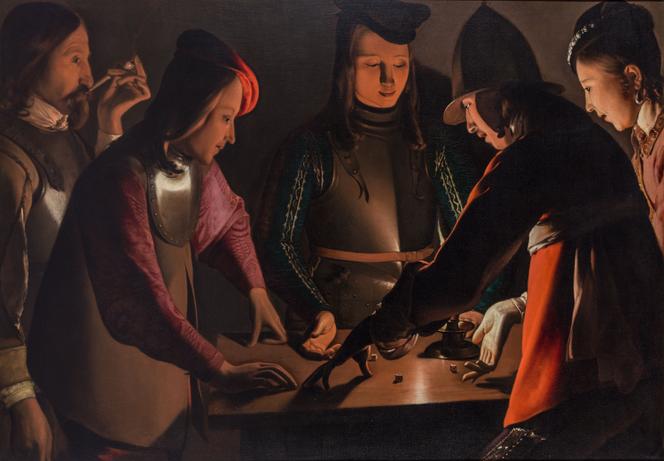


Forgotten for nearly three centuries, Georges de La Tour (1593-1652) is now universally renowned, making it difficult to gather his paintings for an exhibition. The current show at the Musée Jacquemart-André features around 30 works by or attributed to him, making it the most extensive display in Paris since the Grand Palais exhibition in 1997. Some particularly famous paintings no longer leave their museums; The Fortune Teller was not loaned by the Metropolitan Museum of Art in New York, nor was its version of The Penitent Magdalen. Their absence is disappointing, but there are still enough paintings here to embark on a search for the singular La Tour.
La Tour − even more than Vermeer (1632-1675) − is among those old masters whose lives remain shrouded in mystery. He was from Lorraine, born in Vic-sur-Seille and died in Lunéville. He came from a merchant family (grain and flour), and in 1617 married Diane Le Nerf, a member of the minor nobility. They had 10 children, seven of whom died before reaching adulthood. He used his reputation to obtain exemption from the taille (a land tax on the French peasantry and non-nobles at that time) and to garner favor with the authorities – first those of Lorraine, and then of the French after the province was conquered by the armies of Louis XIII, who took Nancy in 1633 and ravaged Lunéville in 1638. The La Tour family was then forced to take refuge in Nancy.
You have 79.96% of this article left to read. The rest is for subscribers only.
